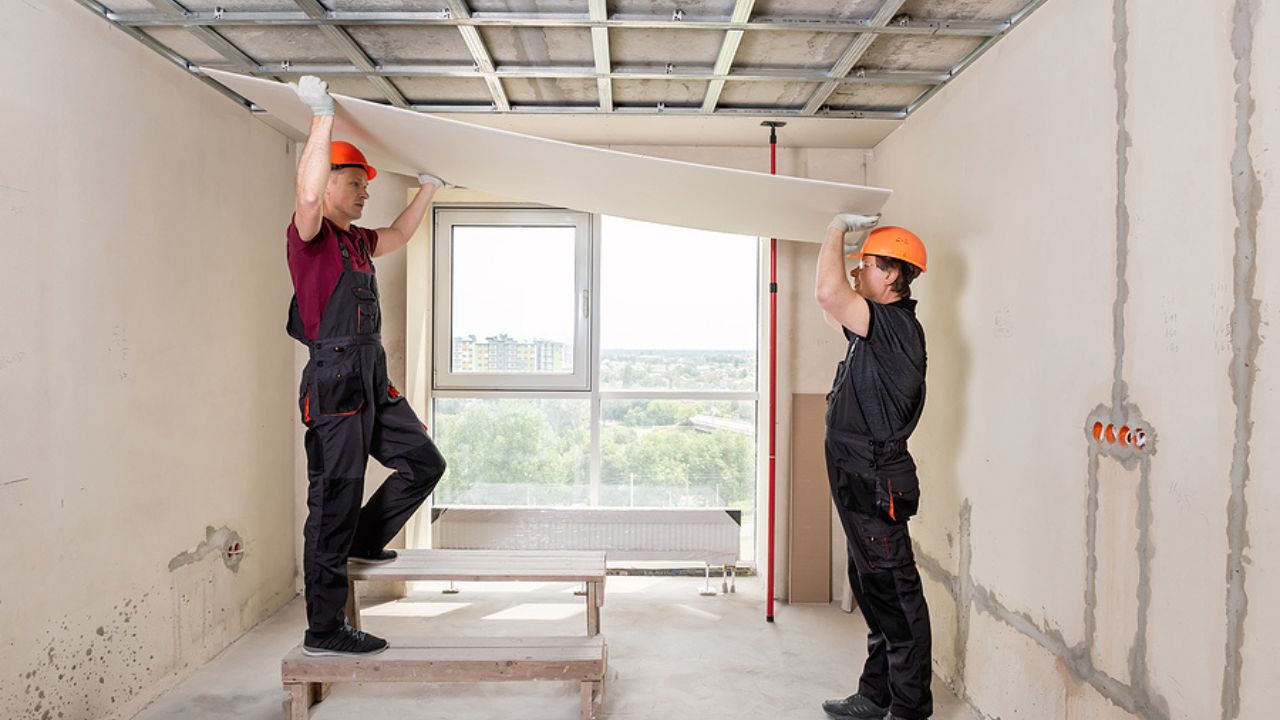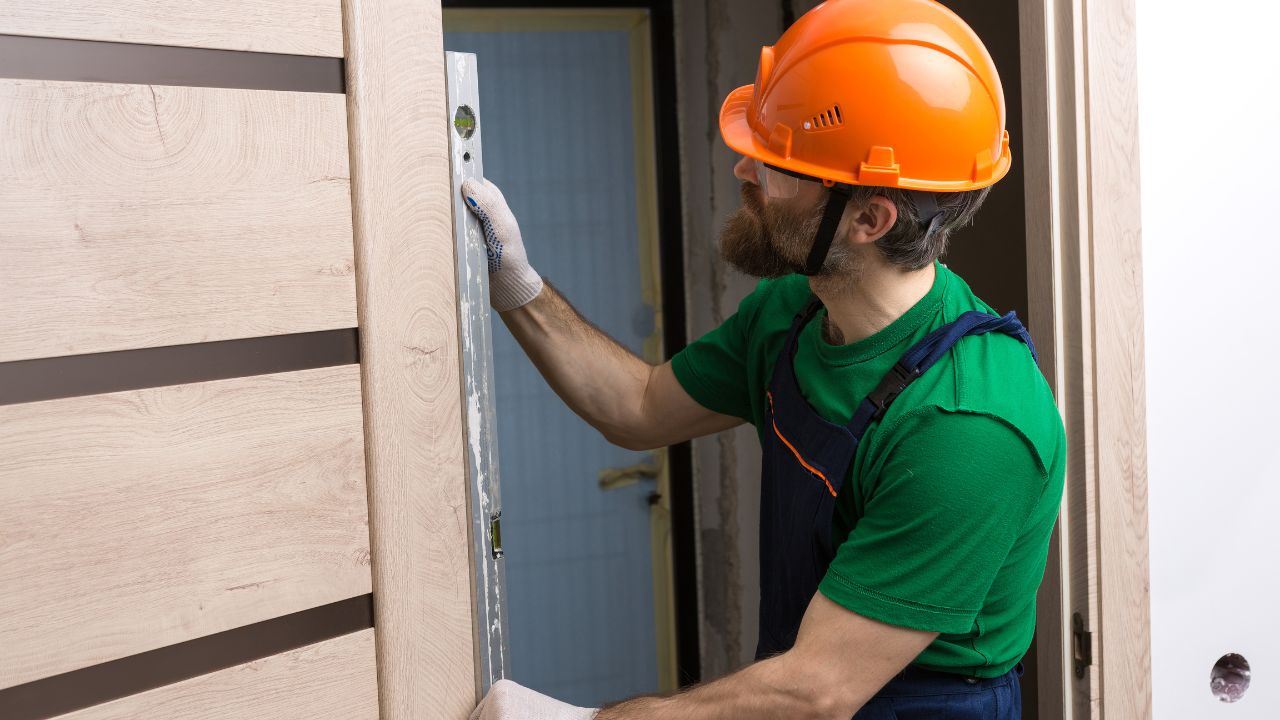- Homepage
- HVAC Work
How to Estimate HVAC Work Complete Guide?
Leading provider of hvac work estimating services
Understanding what is HVAC and its importance
HVAC stands for Heating, Ventilation, and Air Conditioning. It helps create a comfortable environment by regulating air quality indoors. Knowing what HVAC is and why it’s important, especially in commercial buildings, is key.
The right functioning of HVAC can:
- Increase energy efficiency
- Prevent moisture damage
- Reduce noise levels
- Improve air quality
It not only offers comfort, but also plays a role in health, safety, and productivity. To estimate HVAC work completion, you need to keep various factors in mind like the size of the building, complexity of the design, required materials, and labor costs.

Accurate estimates guarantee that enough resources are assigned to complete the project on time and within budget. When estimating, consider all aspects of installation/maintenance tasks, plus materials like ductwork, refrigerants, heat pumps. Keeping data on past projects can help with making informed decisions and assessing resources.
By sticking to scheduled maintenance, which includes inspections and replacing worn-out parts, you can save costs and avoid inconveniences. Regular tune-ups/inspections can prevent some issues from becoming costly repairs or system failures, which affects more than just the budget.
Inaccurate estimates can lead to inefficiencies and increased budgets, so people start cutting corners and putting off maintenance. This can cause safety risks and environmental hazards, leading to health issues and regulatory troubles.
In the end, adhering to precautionary guidelines outlined by well-defined milestones results in better performance, cost savings, and prevention of unexpected breakdowns over time. Just remember: determining the scope of work is like trying to find a needle in a haystack, except the needle is made of air conditioning units.
Determining the scope of work
To determine the scope of work with “Determining the scope of work” in “How to Estimate HVAC Work Complete Guide Step by Step”, you need to start with a list of tools and materials needed. Learn how to estimate HVAC work and get precise HVAC cost estimates to streamline your budgeting process. Additionally, it’s important to estimate the time frame accurately.
List of tools and materials needed
To get ready for the job, it’s key to decide the tools and equipment required. Consider these tips:
- Figure out accurately what materials and tools you’ll need for the project.
- Draw up a list of all the equipment needed and check it is all available before you start.
- Order any specialized tools or materials in advance to dodge any delays.
It’s always better to take the time to make sure you have everything you need. This saves time and hassle eventually.
Don’t forget, having all the right info about the work allows you to avoid complications when you are getting ready. Order everything in good time so you don’t have to worry about running out of something important.
Make certain your team knows precisely what needs to be done and when, so you don’t have any last-minute surprises. Track different tasks and plan accordingly, to avoid stressing yourself out. This way, you’ll guarantee success from the beginning to the end.
Remember that preparing will help save money on emergency buys later—missing any essential tool or material could hold up the project and damage your business’s reputation. So let’s sort out the necessary arrangements before attempting a renovation or construction project! Estimating the time frame: it’s like forecasting the weather, except you have to make sure your project doesn’t get soaked!
Estimating the time frame
Estimating project duration is essential for determining the scope of work. It’s about predicting time needed for completing specific tasks. Tables like this help:
Task Name | Estimated Time (in days) | Actual Time Taken (in days) |
|---|---|---|
Research and Planning | 5 | 7 |
Development | 15 | 17 |
Testing and Quality Assurance | 8 | 10 |
Total Duration: | 30 days (estimated) >39 days (actual) | |

Various factors require analysis for estimations. That includes resources, project complexity, and size. Plus, estimations need regular reviews with updates if needed. But, don’t overburden yourself.
Accurate time estimation is key for avoiding missed deadlines and delayed delivery. Freelancers and companies must prioritize this aspect of work-determination.
Calculation of total estimated cost
To calculate the total estimated cost for your HVAC work, you need to consider various factors that affect cost estimation. This section on calculation of total estimated cost with factors affecting the cost estimation and methods for calculating cost will help you plan and budget for your HVAC project efficiently.
Factors affecting the cost estimation
Knowing the factors that affect total cost estimates is key. Comprehending these elements can help calculate the overall cost. The table below exhibits important contributors to cost estimations. This allows forecasting the final cost, based on parameters, and making necessary changes.
Factors | Description |
|---|---|
Materials | The kind and amount of material determines costs. High-quality raises extra costs, while poor quality entails maintenance. |
Labor | Number of workers, skillset, overtime, experience, and other staff-related factors establish labor costs. |
Equipment | Type, condition, rental, leasing, or buying equipment alters expenditure. |
Overheads | These are indirect costs such as rent, power supply, and maintenance which impact total costs. |
Remember, an increase for one factor might alter other factors, affecting the overall cost.
Furthermore, location matters in construction projects, as prices differ depending on states and regions.
Get 5 New Projects in the Next 7 Days With Our System
Methods for calculating cost
For determining total approx. cost, different approaches can be used. A mixture of methods could be employed to achieve an exact outcome too.
- Bottom-Up: Calculate single costs for each job and sum them up.
- Parametric Estimation: Assign a cost, based on past projects, adjusting for present factors.
- Analogous Estimation: Utilize prices from previous projects with similar characteristics.
- Three-Point Cost Estimation: Discover ideal, probable and worst case scenarios to find out average cost.
It is necessary to keep in mind that certain aspects can affect cost estimation, such as changes in project scope or inflation rate. The accuracy of these estimations depends on the available data and quality of the work breakdown structure.
Pro Tip: To get a better estimate, use various approaches! Get set for lots of effort as we delve into forming a HVAC work plan.
Developing an HVAC work plan
To develop a solid HVAC work plan, you need to break down tasks and identify their sequence. Breaking down tasks will help you stay organized, while identifying the sequence of work will ensure that things are completed in the most efficient way possible. In this section, we will explore these two sub-sections to help you effectively plan for HVAC work.
Breakdown of tasks
Break the HVAC work plan into specific tasks. This makes monitoring easy and ensures objectives are met.
- Conduct site survey.
- Design HVAC system.
- Source equipment.
- Install components.
- Test and commission system.
Also, stay on timeline and provide progress reports. Consistent monitoring prevents delays or deviations.

Pro tip: Communicate with all team members to avoid misunderstandings and delays. Don’t worry about order, just do them all and hope for the best!
Identifying the sequence of works
When coming up with a HVAC work plan, it’s key to decide which works should come first. This means understanding the tasks and organizing them in an efficient way.
To figure out the sequence of the works, do these four things:
- Start by seeing the whole project and list all tasks needed.
- Check if any tasks need to happen in a certain order.
- Decide the best approach for each task. Think about things like equipment available and weather.
- Make a timeline for each task, based on priority and how long it will take.
It’s important to make sure the sequence is adaptable. That way, it can change if something unexpected comes up without delaying the project.
When figuring out the sequence, be aware that some activities may need certification or approval from the right people. Plus, there could be legal needs and industry standards that must be followed.
Pro Tip: Ask stakeholders (e.g., contractors, project managers) for their opinion when deciding the sequence of works. This helps avoid problems and encourages teamwork throughout the project’s lifespan.
Professional Contractor For Your Project?
Preparing a bid proposal
To prepare a bid proposal for HVAC work with confidence, it’s crucial to meticulously document all details. In order to avoid confusion, finalizing the bid proposal is the next step and presenting the bid proposal to the client seals the deal. These three sub-sections are the key components to smoothly preparing a bid proposal for HVAC work.
Documenting all details
Comprehensive documentation is essential for a successful bid proposal. Show that you are an organized and professional individual by detailing every aspect of the project.
Here are key details you must document before submitting your proposal:
Details | Explanation |
|---|---|
Description | A brief overview of the project |
Scope | Outline of each part |
Timeline | Project delivery schedule |
Budget | Estimated cost based on requirements |
Risk Assessment | Potential risks & measures to mitigate |
Include any special features, obstacles, or advantages related to your proposal to set yourself apart.
Before sending in the proposal, review it for any errors or inconsistencies with relevant parties. Get peer insight from experts about similar projects before finalizing the documentation.
Finally, prepare to make a good impression on the client when presenting your bid proposal.
Finalizing the bid proposal and presenting it to the client
Finalizing the bid proposal is a must. It needs to meet the client’s requirements and be different from others. Communicating effectively is key in presenting an optimal bid.
Presenting the proposal requires strategic delivery. Detailing pricing, objectives, timelines, and project execution plans is vital. Creative visual aids and crisp explanations can ramp up the proposal.
The bidder must focus on making their presentation stand out. Presenting themes creatively that fit the project domain will show interested parties why they should choose your company.

Forbes.com cites several factors that impact the success rate of proposals. These include clarity, solution relevance, matching target needs, problem-solving, offering solutions, being enthusiastic, and avoiding irrelevant facts. Estimating HVAC work is like predicting the weather; you can make educated guesses, but never fully prepare for the storm.
Reviewing and refining HVAC work estimation
To refine your HVAC work estimation with solutions for revisiting the initial estimate and identifying areas of improvement in future estimations, let’s dive deeper into reviewing your estimations. By exploring these sub-sections, you can fine-tune your approach to HVAC work estimation and improve the accuracy of your future estimations.
Revisiting the initial estimate
Reevaluating the initial estimate is key for refining HVAC work estimation. Consider budget, equipment needs, timelines and other influences on the initial estimate.
To refine further, analyze all available data regarding material costs, timeframes, potential risks and project goals. Break complex projects down into smaller logical modules for piece-meal schedules.
Feedback from previous clients can provide insights on areas of focus and enhanced customer experience.
Finally, working with an experienced team with clear roles often leads to successful projects. This approach ensures accurate estimates and profitable contracts that maintain customer trust.
Estimating HVAC work requires careful consideration – improving areas is the key to success!
Get High-Quality 3D Rendering Today!
Transform your space with stunning 3D rendering that blends style, comfort, and functionality.
We Specialize in Both Residential and Commercial 3D Rendering Projects.
- Luxury Villas
- Apartment Complexes
- Condominiums
- Schools
- Office Buildings
- Shopping Malls
- Hospitals
- Hotels & Resorts
Identifying areas of improvement in future estimations.
Enhance future HVAC work with improved estimations! Analyzing and refining areas for improvement can bring great advantages.
Look at past performance, skillset needed, and type of task to get more accurate results. Identifying areas to improve in future project estimations can bring better accuracy and efficiency.
Collect data on previous project’s task types, special skills, and tasks done for informed estimations. Check all aspects when preparing cost estimates for an HVAC project. This minimizes risks, increases productivity, and validates assumptions.
Don’t miss deadlines due to poor estimates. Incorporate new ideas from analysis to optimize estimating process.
Frequently Asked Question
HVAC stands for Heating, Ventilation, and Air Conditioning.
Estimating HVAC work is important because it helps in properly budgeting for a project and also ensures that the project is completed on time and within the available resources.
The steps involved in estimating HVAC work include conducting a site survey, calculating the heating and cooling loads, selecting appropriate HVAC equipment, designing air and water distribution systems, determining labor and material costs, and preparing a detailed estimate.
The time it takes to estimate HVAC work for a project depends on the complexity of the project, the availability of information, and the experience of the estimator. However, it generally takes several days to several weeks to complete the estimation process.
While it is possible to estimate HVAC work on your own, it is generally recommended to seek professional help from an experienced estimator to ensure accuracy and completeness of the estimation.
To ensure that the estimated cost for HVAC work is accurate, it is important to use reliable data, take into account all the relevant factors, and to verify the estimate with industry benchmarks and by consulting with experienced professionals.
Comprehensive Trade-Specific Estimates
At Estimate Florida Consulting, we offer detailed cost estimates across all major trades, ensuring no part of your project is overlooked. From the foundation to the finishing touches, our trade-specific estimates provide you with a complete and accurate breakdown of costs for any type of construction project.



Our Clients & Partners
We pride ourselves on building strong, lasting relationships with our clients and partners across the construction industry.

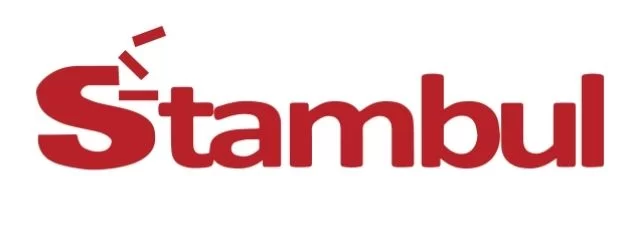

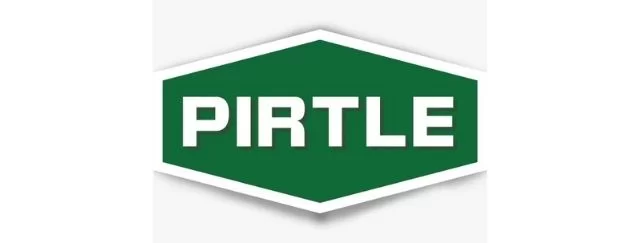

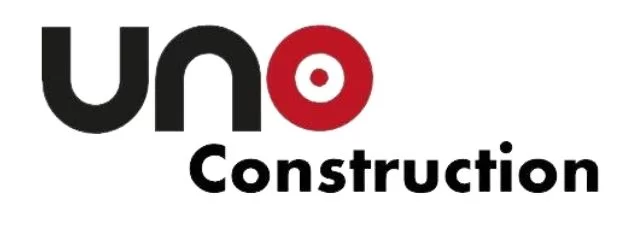





What Our Clients Say?
We take pride in delivering accurate, timely, and reliable estimates that help contractors and builders win more projects. Our clients consistently praise our attention to detail, fast turnaround times, and the positive impact our estimates have on their businesses.
Estimate Florida Consulting has helped us win more bids with their fast and accurate estimates. We trust them for every project!







